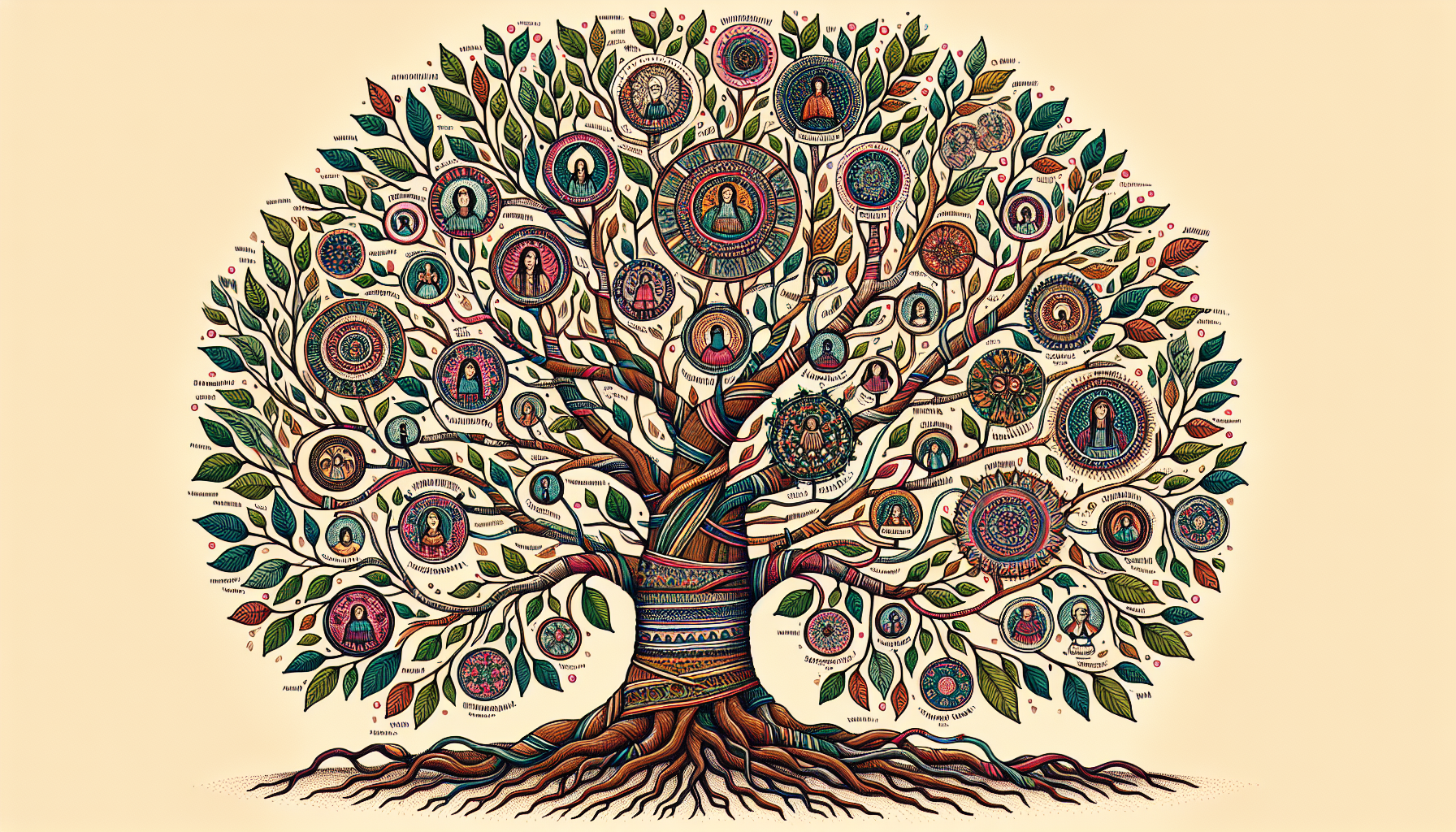The Rise of Design Thinking in Corporate Strategy

At its essence, design thinking is a mindset that prioritizes understanding the needs and experiences of users. It encompasses five key stages: 1. Empathize: Engage with users to gain deep insights into their needs, motivations, and challenges. 2. Define: Clearly articulate the problem based on the insights gathered during the empathy phase. 3. Ideate: Generate a wide range of ideas and potential solutions, encouraging creativity and out-of-the-box thinking. 4. Prototype: Create low-fidelity models of potential solutions to facilitate testing and feedback. 5. Test: Gather user feedback on prototypes, refining and iterating on the solutions based on this input.
The Shift Toward Design Thinking in Corporations
Historically, corporate strategies emphasized analytical decision-making and predictable outcomes. However, the complexities of today’s market demand a shift towards more adaptive and creative approaches. Design thinking fosters an agile mindset, allowing organizations to respond swiftly to changing conditions and consumer needs. This transition is not merely a trend; it represents a fundamental change in how companies perceive and engage with their stakeholders.
Success Stories: Companies Leading the Charge
Several companies have effectively integrated design thinking into their corporate strategies, yielding impressive results. 1. IBM: IBM has adopted design thinking as a core component of its business model. The establishment of the IBM Design Thinking framework has revolutionized its product development processes. 2. Airbnb: From its inception, Airbnb's founders recognized the significance of understanding their users. 3. Procter & Gamble (P&G): P&G has long championed design thinking as a means to drive innovation in its product lines and marketing strategies.
Implementing Design Thinking in Your Organization
For organizations eager to harness the benefits of design thinking, several practical steps can facilitate this transition: - Foster a Culture of Empathy: Encourage teams to engage with users through interviews, surveys, and observational studies. - Encourage Collaboration: Design thinking thrives in collaborative environments. - Embrace Prototyping: Promote the creation of low-fidelity prototypes to test ideas quickly. - Iterate and Learn: Establish a culture that values learning from failures.
The rise of design thinking in corporate strategy signals a profound shift in how organizations approach problem-solving and innovation. By prioritizing empathy, collaboration, and experimentation, companies can develop solutions that resonate with user needs and drive business growth.
User Experience (UX) Researcher
Tech companies like Google and Facebook, consumer goods firms like Procter & Gamble, and design agencies.
Core Responsibilities
Conduct qualitative and quantitative research to understand user needs and behaviors.
Analyze data to identify patterns, insights, and opportunities for design improvements.
Collaborate with designers and product teams to translate research findings into actionable design solutions.
Required Skills
Proficiency in research methodologies such as interviews, surveys, and usability testing.
Strong analytical skills and experience with data analysis tools (e.g., SPSS, R).
Excellent communication skills to present findings clearly and effectively.
Design Thinking Facilitator
Consulting firms, innovation labs, and large corporations with dedicated design thinking initiatives.
Core Responsibilities
Lead workshops and training sessions to teach teams the principles and practices of design thinking.
Guide cross-functional teams through the design thinking process, from empathizing with users to prototyping solutions.
Foster a culture of innovation by encouraging collaboration and experimentation.
Required Skills
Strong facilitation and presentation skills, with the ability to engage diverse groups.
Experience in design thinking methodologies and tools (e.g., empathy maps, journey maps).
Background in psychology, education, or organizational development is a plus.
Product Designer (with a Focus on Human-Centered Design)
Startups, tech giants like Apple and Microsoft, and e-commerce platforms like Amazon.
Core Responsibilities
Design user-centered products by integrating user feedback and market research into the design process.
Create wireframes, prototypes, and high-fidelity designs that effectively communicate design concepts.
Collaborate closely with engineers and product managers to ensure designs are feasible and aligned with business goals.
Required Skills
Proficiency in design software (e.g., Sketch, Adobe XD, Figma).
Strong understanding of user-centered design principles and methodologies.
Ability to conduct usability testing and iterate designs based on feedback.
Innovation Strategist
Fortune 500 companies, consulting firms, and innovation hubs.
Core Responsibilities
Develop and implement strategies that foster innovation within the organization.
Analyze market trends and user insights to identify new opportunities for product development.
Collaborate with cross-functional teams to design and launch innovative solutions that meet market needs.
Required Skills
Strong strategic thinking and problem-solving abilities.
Experience in market research, trend analysis, and innovation frameworks.
Excellent communication skills to influence stakeholders and drive change.
Agile Coach
Tech companies, financial institutions, and any organization undergoing digital transformation.
Core Responsibilities
Guide teams in adopting Agile methodologies to improve project delivery and responsiveness to change.
Facilitate Agile ceremonies (e.g., stand-ups, retrospectives) and ensure teams adhere to Agile principles.
Support continuous improvement initiatives by promoting a culture of feedback and learning.
Required Skills
In-depth knowledge of Agile frameworks (e.g., Scrum, Kanban) and design thinking principles.
Strong coaching, mentoring, and facilitation skills.
Certification in Agile methodologies (e.g., Certified ScrumMaster, Agile Coach Certification) is often preferred.


